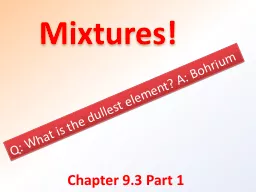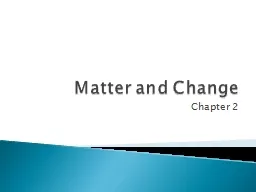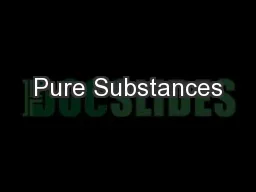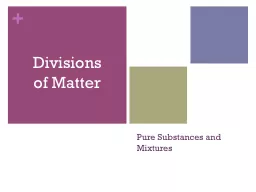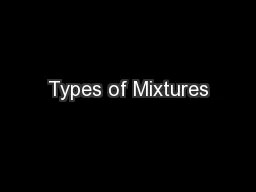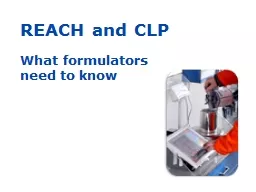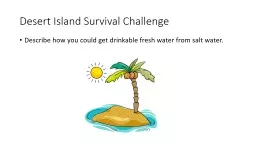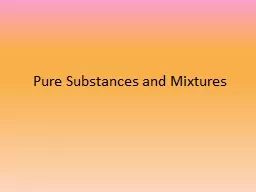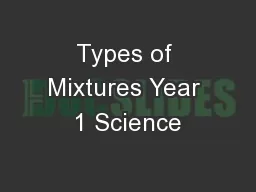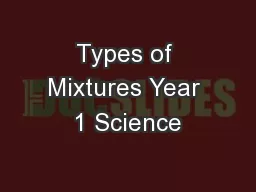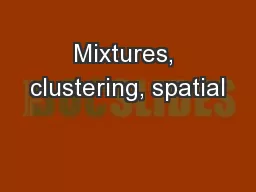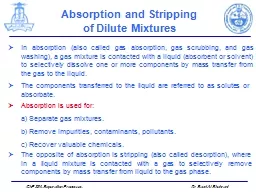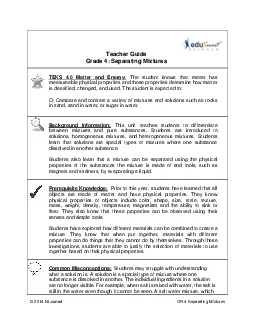PPT-Types of Mixtures
Author : tatiana-dople | Published Date : 2017-06-14
41 Chapter Review 1 List two examples each of a solute a solvent and a solution solutean example such as salt sugar solventan example such as water kerosene
Presentation Embed Code
Download Presentation
Download Presentation The PPT/PDF document "Types of Mixtures" is the property of its rightful owner. Permission is granted to download and print the materials on this website for personal, non-commercial use only, and to display it on your personal computer provided you do not modify the materials and that you retain all copyright notices contained in the materials. By downloading content from our website, you accept the terms of this agreement.
Types of Mixtures: Transcript
Download Rules Of Document
"Types of Mixtures"The content belongs to its owner. You may download and print it for personal use, without modification, and keep all copyright notices. By downloading, you agree to these terms.
Related Documents


